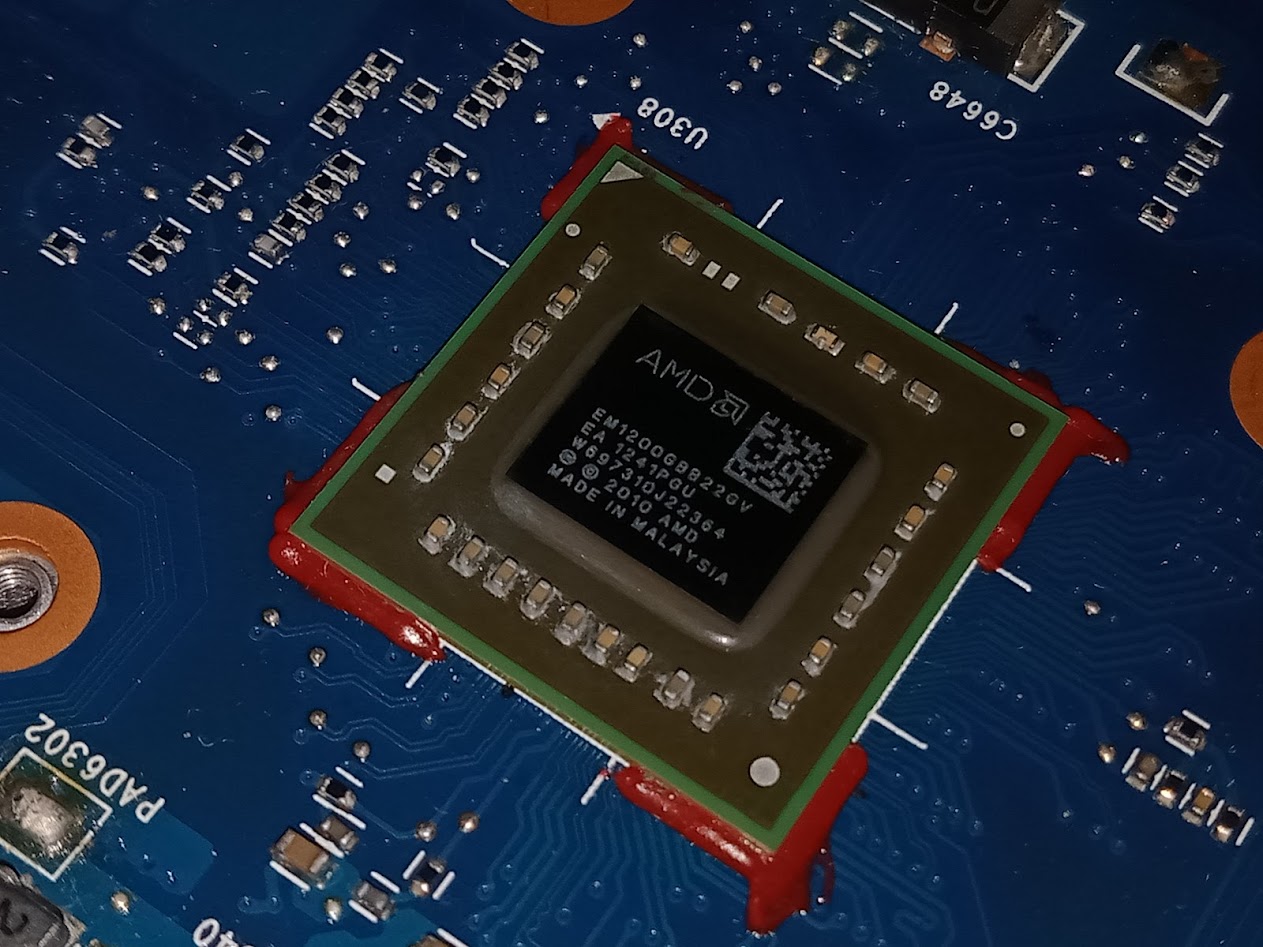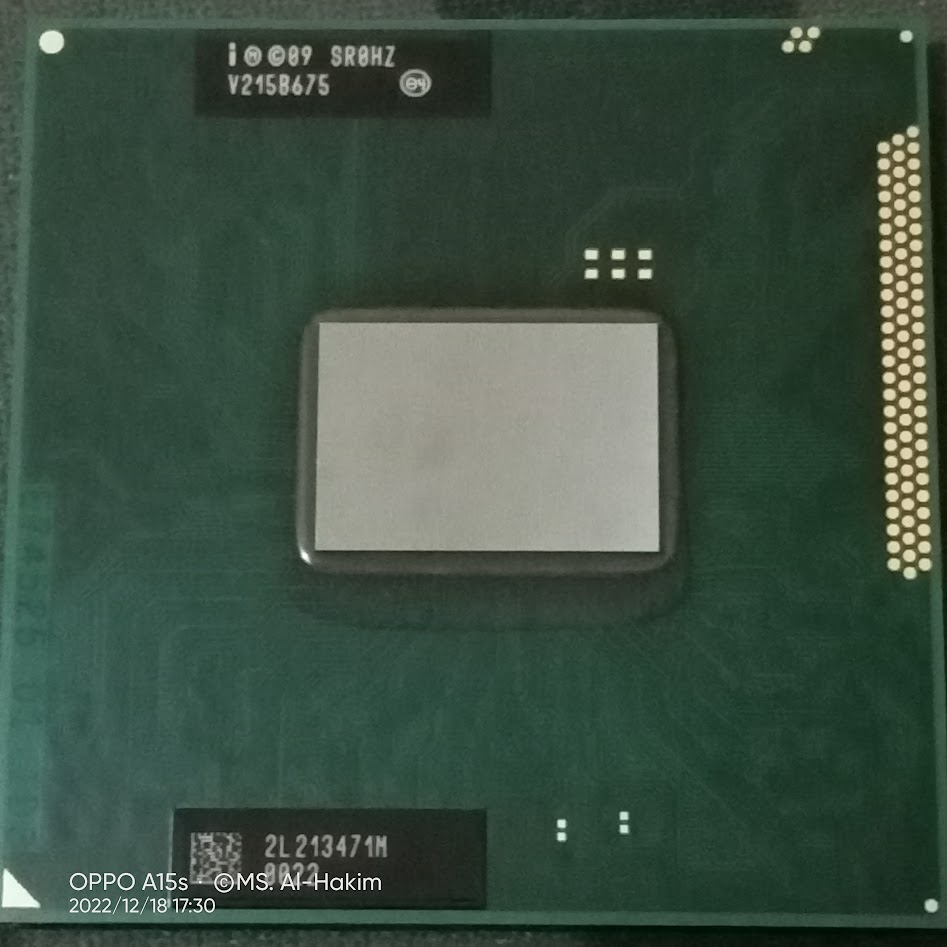Comparing: AMD E1-1200 vs Intel Celeron B815
In this comparison, we analyze two Processors: AMD E1-1200 and Intel Celeron B815, using synthetic benchmark tests to evaluate their overall performance. This side-by-side comparison helps users understand which hardware delivers better value, speed, and efficiency based on standardized testing. Whether you're building a new system or upgrading an existing one, this benchmark-driven evaluation offers valuable insights to guide your decision.
Specification Comparison Table
| Specification | AMD E1-1200 | Intel Celeron B815 |
|---|---|---|
| Architecture | x86 | x86 |
| Technology | 40 nm | 32 nm |
| Clock | 1.4 GHz - - | 1.6 GHz - - |
| Core/Thread | 2 / 2 | 2 / 2 |
| Segmen | Mobile | Mobile |
Submission Comparison Table
| Benchmark Software | AMD E1-1200 | Intel Celeron B815 |
|---|---|---|
| Cinebench - R15 |
44 cb |
104 cb |
| Cinebench - R20 |
79 pts |
207 pts |
| PiFast |
1min, 49sec, 900ms |
47sec, 490ms |
| SuperPi - 1M |
55sec, 754ms |
24sec, 976ms |
| wPrime - 32M |
1min, 8sec, 78ms |
41sec, 44ms |
About Hardware AMD E1-1200
Part of the Brazos 2.0 family, the AMD E1-1200 was introduced in 2012 as a power-efficient solution for entry-level laptops. It has 2 cores and 2 threads at 1.4 GHz, with no Turbo Core feature. Built with 40nm fabrication, this CPU has a TDP of 18W, which is still relatively efficient for low-power devices.
One of the key features of the E1-1200 is its integrated GPU, the AMD Radeon HD 7310, which offers better graphics performance than Intel's integrated solutions of the time. This GPU allows HD video playback and some light games at low settings.
Despite being power-efficient, the E1-1200's performance is quite limited. With a low clock speed and no Boost feature, it lacks responsiveness in multitasking and often experiences bottlenecks in modern applications.
Hardware Detail:
Device: HP 1000 1b05au
RAM: 4GB DDR3 Single Channel 2 DIMM
OS: Windows 7, Windows 8, Windows 10
Wednesday, 26 December 2012 14:27:36 | Update: 1 week ago
About Hardware Intel Celeron B815
Released in 2012 as part of the Sandy Bridge family, the Intel Celeron B815 is an entry-level mobile processor aimed at cost-effective laptops. It has 2 cores and 2 threads, with a clock speed of 1.6 GHz without Turbo Boost or Hyper-Threading support.
With 32nm fabrication, the Celeron B815 has a TDP of 35W, which is quite high for a processor of its class. For graphics, the processor uses Intel HD Graphics 2000, which has a base clock speed of 650 MHz and can increase up to 1 GHz in Boost mode.
In daily use, the Celeron B815's performance is sufficient for light tasks such as browsing, document processing, and 720p video playback. However, since it lacks technologies such as Hyper-Threading and Turbo Boost, its performance is quite limited for multitasking and heavy applications.
Hardware Detail:
Device: SAMSUNG 300E4Z
RAM: 4GB DDR3 Dual Channel
OS: Windows 7
Sunday, 27 November 2022 02:25:40 | Update: 1 week ago


